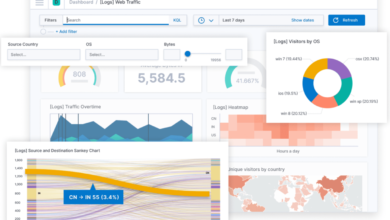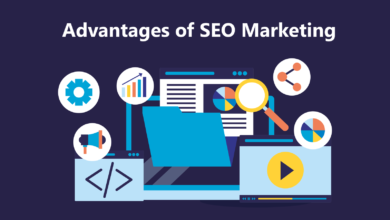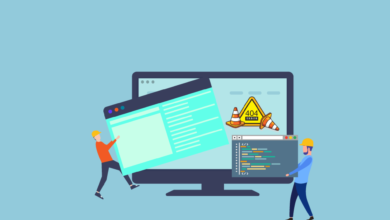Top 13 IoT Trends Shaping the Future of Technology in 2023

The Internet of Things (IoT) has revolutionized the way we interact with technology, enabling seamless connectivity and data exchange between devices. As we step into 2023, the IoT landscape continues to evolve rapidly, bringing forth exciting advancements and trends. In this article, we will explore the top 13 IoT trends shaping the future of technology in 2023, from artificial intelligence integration to IoT data analytics and more.
Read more: Technologies Would Sway Industrial IoT (IIoT): The Top 5
Explaining IoT and Its Significance
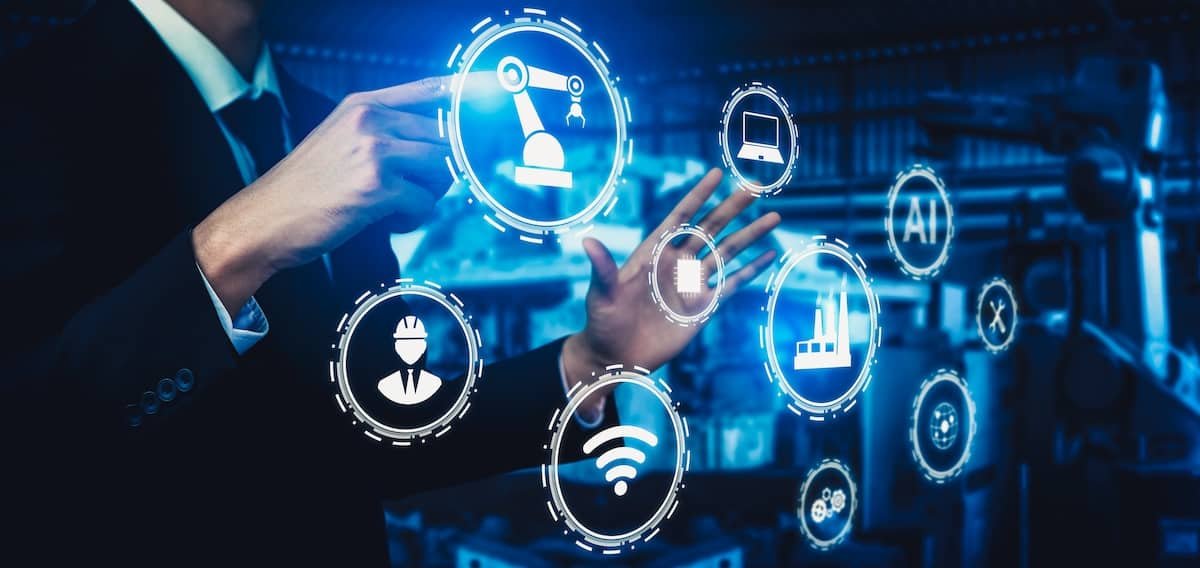
Before diving into the trends, let’s quickly recap what IoT is and why it holds immense significance in today’s digital era. IoT refers to the network of interconnected devices embedded with sensors, software, and other technologies that enable them to collect and exchange data. This interconnectedness allows for automation, remote control, and enhanced decision-making capabilities.
Growth of IoT
The IoT market has been experiencing exponential growth over the years, and this trend is expected to continue in 2023. The proliferation of connected devices, advancements in wireless technologies, and the increasing adoption of IoT solutions across industries are driving this growth. Now, let’s delve into the top 13 IoT trends that will shape the future of technology in 2023.
Artificial Intelligence (AI) Integration
The integration of AI with IoT is set to revolutionize the capabilities of connected devices. AI algorithms can analyze vast amounts of data collected by IoT devices, enabling them to make intelligent decisions, detect patterns, and even learn from user behavior. This integration will lead to more personalized and context-aware IoT applications.
Edge Computing Advancements
Edge computing involves processing data near the source or device, reducing latency and bandwidth requirements. In 2023, we will witness significant advancements in edge computing technologies. Edge devices will become more powerful and capable of running sophisticated applications locally, ensuring real-time responsiveness and enhanced privacy.
5G Network and IoT
The rollout of 5G networks will play a crucial role in unlocking the full potential of IoT. With its ultra-low latency and high bandwidth, 5G will enable seamless connectivity for a massive number of IoT devices. This will pave the way for new IoT use cases, such as autonomous vehicles, smart cities, and industrial automation.
IoT Security Measures
As the number of connected devices continues to grow, ensuring robust IoT security becomes paramount. In 2023, we will witness significant advancements in IoT security measures. From secure firmware updates and device authentication to end-to-end encryption, manufacturers and service providers will focus on addressing the evolving cybersecurity challenges associated with IoT.
Blockchain and IoT
Blockchain technology brings enhanced security, transparency, and trust to IoT ecosystems. By leveraging blockchain, IoT networks can establish decentralized and tamper-resistant systems for data exchange and smart contracts. In 2023, we can expect increased adoption of blockchain in various IoT applications, including supply chain management, energy distribution, and healthcare.
IoT in Healthcare
The healthcare industry stands to benefit greatly from IoT advancements. In 2023, we will see the proliferation of IoT-enabled medical devices, remote patient monitoring systems, and smart healthcare facilities. These innovations will improve patient care, enable early disease detection, and streamline healthcare operations.
Smart Cities and IoT
The concept of smart cities revolves around leveraging IoT technologies to enhance the quality of urban life. In 2023, smart cities will continue to flourish, integrating IoT devices to optimize energy consumption, improve transportation systems, and enhance public safety. From smart grids to intelligent traffic management, IoT will shape the cities of the future.
Industrial IoT (IIoT)
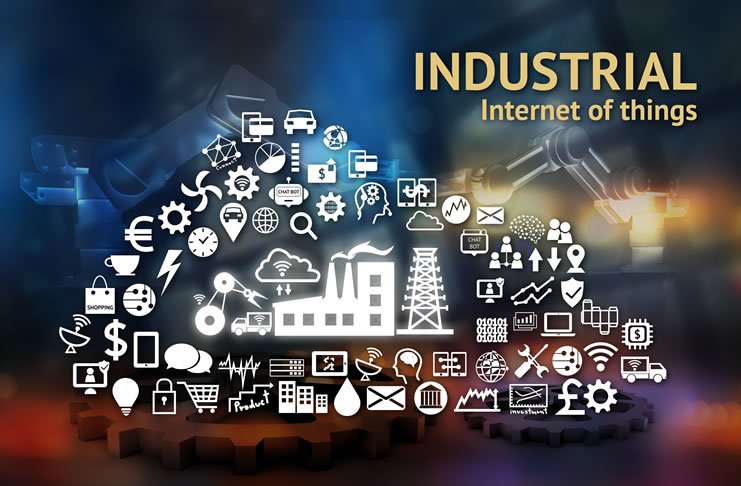
The Industrial Internet of Things (IIoT) is transforming traditional industries by introducing automation, predictive maintenance, and real-time analytics. In 2023, IIoT will witness significant advancements, enabling factories, logistics, and supply chains to become more efficient, agile, and data-driven. This will lead to improved productivity and cost savings.
Consumer IoT Devices
IoT devices for consumers will continue to evolve and cater to various needs. From smart home appliances to wearable devices and personal assistants, consumers will have a wide range of IoT-enabled products to choose from. These devices will offer convenience, energy efficiency, and personalized experiences.
IoT and Sustainable Development
IoT has the potential to drive sustainable development by optimizing resource utilization and reducing environmental impact. In 2023, we will witness the integration of IoT in areas such as smart agriculture, water management, and waste management. By leveraging IoT technologies, we can create more sustainable and resilient communities.
Augmented Reality (AR) and Virtual Reality (VR) Integration
The integration of AR and VR with IoT opens up exciting possibilities. In 2023, we will see the convergence of these technologies, enabling immersive experiences and enhanced human-machine interactions. From AR-assisted maintenance to VR-based training simulations, this fusion will revolutionize several industries, including gaming, education, and healthcare.
IoT Data Analytics
The massive amount of data generated by IoT devices presents both opportunities and challenges. In 2023, data analytics will play a crucial role in extracting valuable insights from IoT-generated data. Advanced analytics techniques, including machine learning and predictive analytics, will enable businesses to make data-driven decisions, optimize operations, and deliver better user experiences.
IoT and Cloud Computing
Cloud computing provides scalable infrastructure and storage capabilities, making it an ideal companion for IoT. In 2023, we will witness the seamless integration of IoT and cloud computing, enabling efficient data processing, real-time analytics, and secure data storage. This synergy will foster innovation and drive the adoption of IoT across industries.
Read more: The Role of Technology in Modern Entrepreneurship in 2023
Conclusion
As we look ahead to 2023, the future of technology appears more interconnected than ever before. The top 13 IoT trends discussed in this article, ranging from AI integration to IoT data analytics and beyond, will shape the way we live, work, and interact with the world around us. Embracing these trends and leveraging the transformative power of IoT will open up new possibilities, improve efficiency, and pave the way for a smarter and more connected future.
FAQs
What is IoT?
IoT stands for the Internet of Things. It refers to the network of interconnected devices embedded with sensors, software, and other technologies that enable them to collect and exchange data.
How does AI integrate with IoT?
AI integration with IoT involves leveraging AI algorithms to analyze data collected by IoT devices, enabling them to make intelligent decisions, detect patterns, and learn from user behavior.
What are the benefits of IoT in healthcare?
IoT in healthcare offers benefits such as remote patient monitoring, improved patient care, early disease detection, and streamlined healthcare operations.
How does blockchain enhance IoT security?
Blockchain technology brings enhanced security, transparency, and trust to IoT ecosystems by establishing decentralized and tamper-resistant systems for data exchange and smart contracts.
How does IoT contribute to sustainable development?
IoT contributes to sustainable development by optimizing resource utilization, reducing environmental impact, and enabling efficient systems in areas such as smart agriculture, water management, and waste management.



